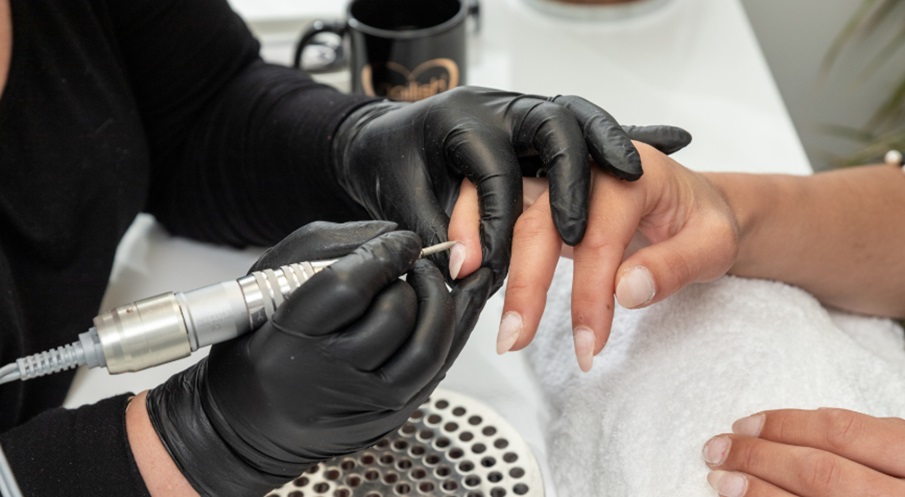
Enrolling in a nail school in Atlanta is the first step toward a successful and creative career in the beauty industry. While theory and textbook learning provide essential foundational knowledge, hands-on training is where aspiring nail technicians refine their skills. Practical experience prepares students for real-world challenges, building confidence, precision, and creativity in their work.
Why Hands-On Training Matters
Hands-on training is a critical aspect of nail technician education. It allows students to practice techniques in a controlled environment, gaining the skills necessary to work professionally with clients.
Skill Development Through Practice
Hands-on training ensures students develop technical expertise, from basic manicures to intricate nail designs. By practicing regularly, students learn how to handle tools like nail files, buffers, and brushes with precision while mastering techniques such as:
- Acrylic and Gel Application
- Nail Extensions and Sculpting
- Polishing and Nail Art Design
Practical learning bridges the gap between theory and application, making students job-ready upon graduation.
Building Confidence and Client Relations
Confidence plays a significant role in a nail technician’s success. Hands-on training allows students to gain experience working with real clients under supervision, improving their technical and interpersonal skills.
Perfecting Client Interaction
A key part of the training process is communicating effectively with clients. Students practice consultations, understand client preferences, and offer professional recommendations, creating a positive and satisfying experience. For more details on what you’ll experience during your education, you can explore what to expect in nail technician school to get a clearer picture of the learning process.
Refining Creativity and Artistic Style
Nail artistry is not just about precision—it’s also about creativity. Hands-on training allows students to explore and experiment with different techniques, colors, and styles.
Developing Your Artistic Edge
Students learn to incorporate trends, innovate designs, and refine their style through practical exercises. As highlighted in this guide on the creative world of nail art, developing your style in nail school and experimenting with techniques in nail school helps students develop their unique artistry, which is essential for standing out in a competitive industry.
Preparing for Real-world Challenges
Working in a salon environment presents unique challenges that cannot be addressed through theory alone. Hands-on training prepares students to manage real scenarios, from handling client requests to troubleshooting unexpected issues during a service.
Time Management and Precision
Practical training teaches students to manage time effectively while maintaining precision. Whether sculpting perfect nail extensions or applying a flawless polish, hands-on practice ensures efficiency without compromising quality.
Learning Industry-Standard Tools and Techniques
Nail technology is constantly evolving, with new tools and products introduced regularly. Hands-on training exposes students to industry-standard equipment and modern techniques, keeping them updated with current trends.
Mastering Tools of the Trade
Students learn proper usage, safety protocols, and maintenance by working with professional-grade products and tools. This familiarity is crucial for transitioning seamlessly into professional salon settings.
Conclusion
Hands-on training is a cornerstone of education at any nail school, allowing students to develop practical skills, creativity, and confidence. By practicing on real clients, refining their artistry, and mastering time management, aspiring nail technicians gain the experience necessary to excel in their careers. Coupled with strong client relations and exposure to industry trends, hands-on learning ensures graduates are fully prepared for success in the dynamic and rewarding world of nail technology.








